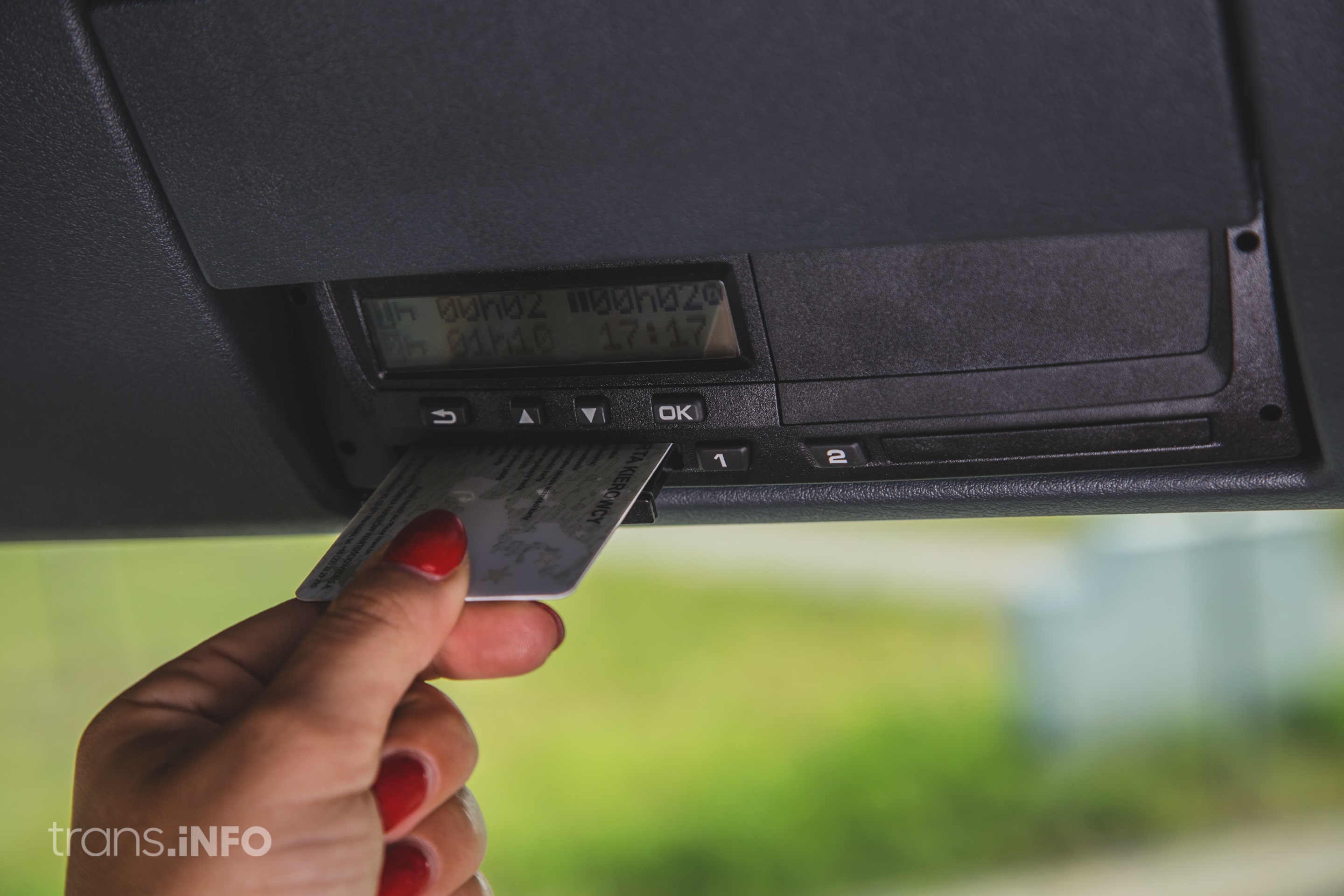According to the Mobility Package, newly registered vehicles must be equipped with 2nd generation smart tachographs from 21 August 2023. It was already known in 2022 that the security signal (OSMNA – Open Service Navigation Message Authentication) that the European Space Agency (EUSPA) was supposed to provide would not be available in time. In fact, it has not been made available to date.
Despite appeals from European hauliers, the European Commission did not agree to postpone the legislation requiring the installation of the new generation of driver time recording equipment.
According to Brussels, the tachograph has all its functionalities except for the additional verification of the received satellite signal, which OSMNA was to provide. The Commission, unmindful of the cost to hauliers, considered that they would have to update their tachographs once the signal was available from EUSPA.
In the first months of using smart tachographs 2.0, the equipment manufacturers informed their customers of some minor anomalies. However, both Stoneridge and VDO assured that these did not affect the drivers’ activity records.
Trouble with geolocation
This week, Fenadismer, the Spanish federation of transport unions, reported new and far more serious problems with smart-tacho 2.0, which have been noted in several EU countries.
This time the issues are related to geolocation. The dysfunction lies in serious deficiencies in the connection of the new device to the networked Galileo satellite navigation system. According to the federation, the connection antenna installed inside the vehicles does not transmit properly, which may necessitate the installation of a new external device in all vehicles.
“Tachographs have been found to perform poorly on cloudy days, leading to partial loss of signal, which also happens when the vehicle is driving in urban areas with tall buildings. Similar connection problems occur when the antenna faces north or when a minimum number of satellites are not available at the same time, risking a fine for the transport company for tachograph malfunction,” reports Fenadismer.
The organisation stresses that by August 2025, more than one million heavy goods vehicles across Europe will be required to fit the new tachograph.
According to the organisation, the anomalies detected will require the European Commission and Member States to adopt the necessary legislative and technical measures to resolve the situation and avoid causing further damage to transport companies with vehicles fitted with the new tachographs.









